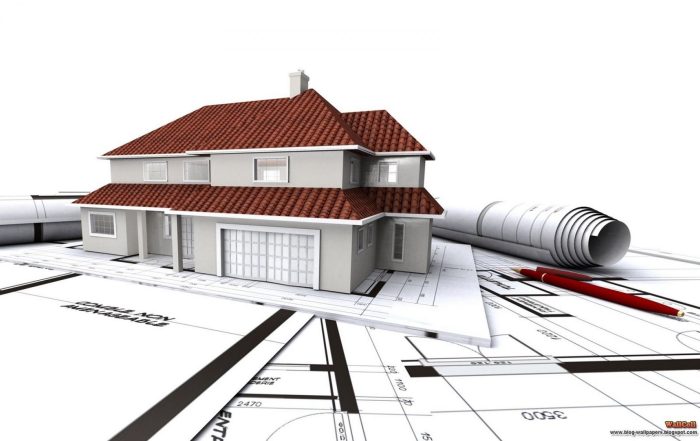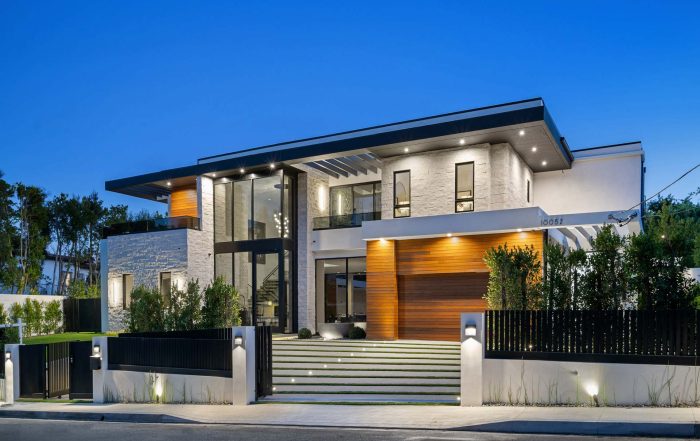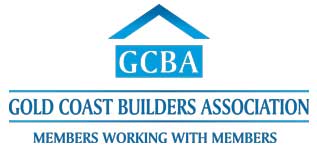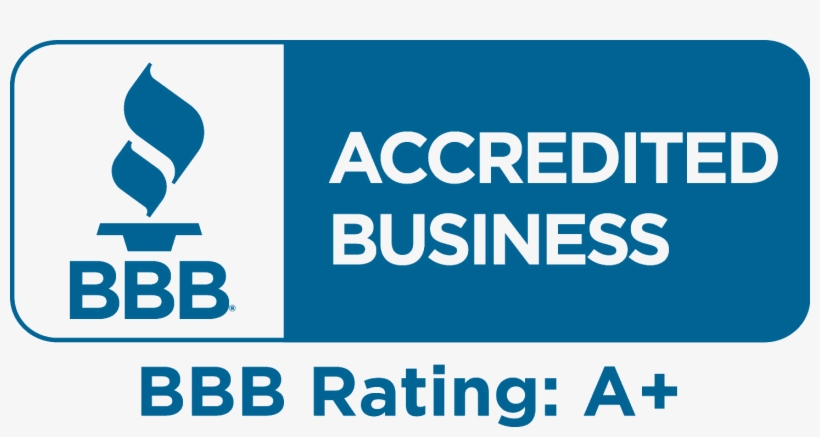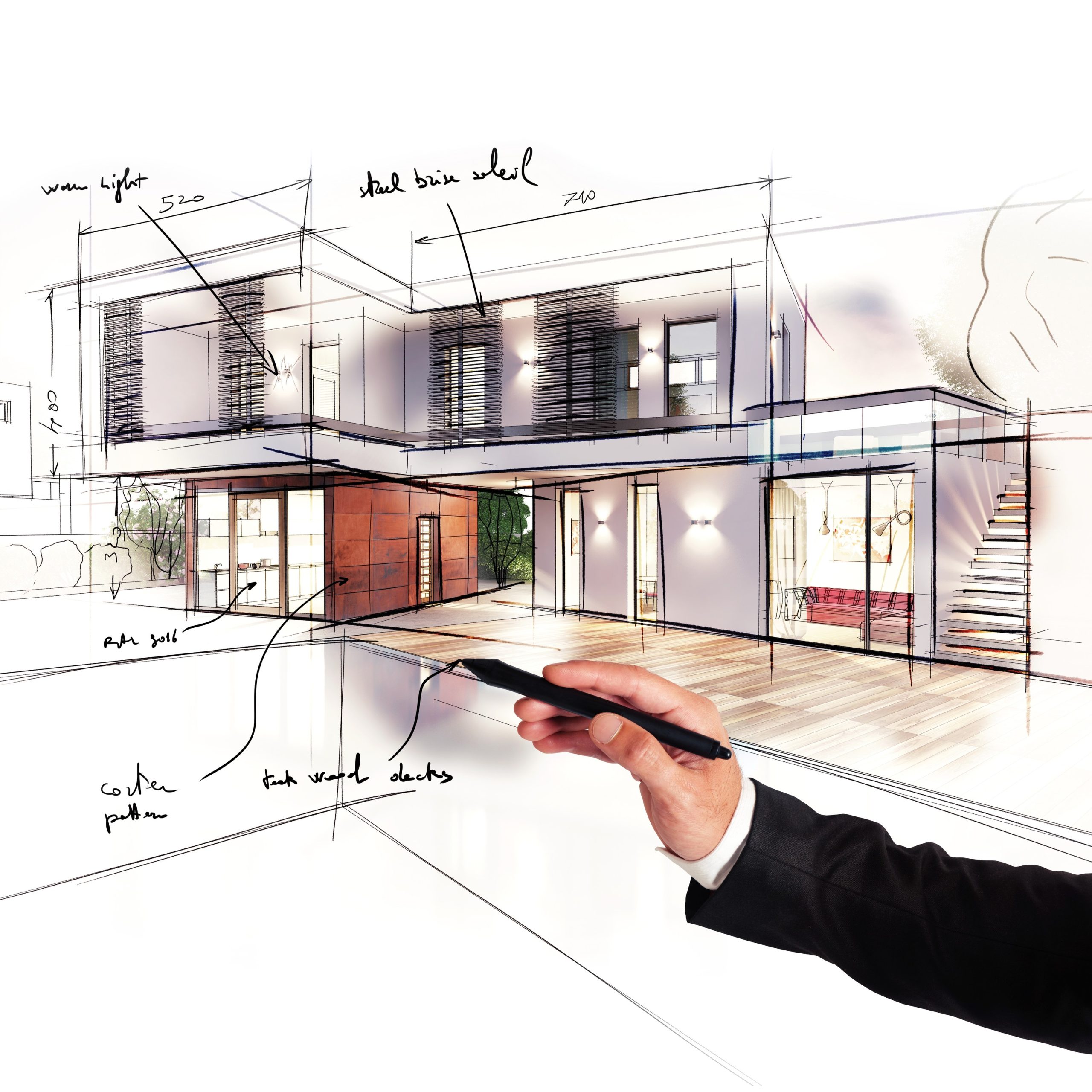
Investing in Tomorrow: The Long-Term Advantages of Building a New Home Over Buying Used
Introduction
In the ever-evolving landscape of real estate, the decision to purchase a home is one of the most significant financial commitments individuals and families will ever make. While the allure of buying an existing property can be strong—often due to perceived lower upfront costs and immediate availability—investing in a building a new home can yield substantial long-term benefits that are often overlooked. Building a new home offers unique advantages that extend beyond mere aesthetics; it encompasses financial, personal, and environmental factors that can significantly impact the homeowner’s experience and investment value. This blog section delves into the long-term advantages of building a new home, exploring aspects such as the cost of ownership, customization opportunities, modern technology integration, environmental considerations, and market trends that favor new home constructions.
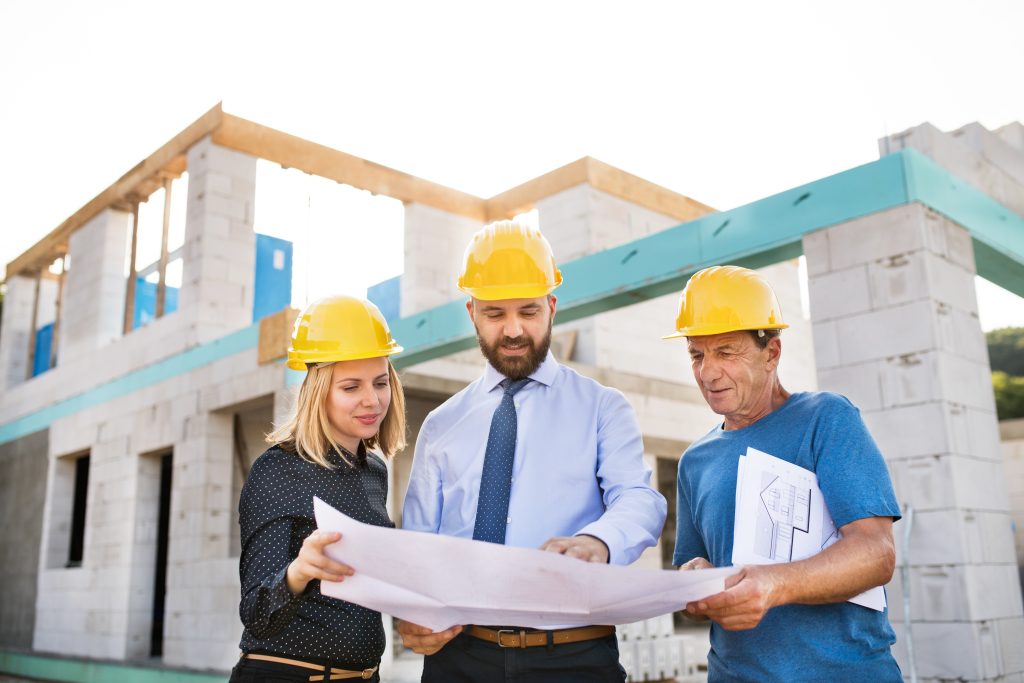
Architect, civil engineer and worker looking at plans and blueprints, discussing issues at the construction site.
Understanding the Cost of Ownership
When evaluating the cost of ownership, many prospective homeowners focus primarily on the purchase price. However, the total cost of ownership extends far beyond this initial investment. New homes typically come with warranties that cover major systems and structural components, such as roofing, plumbing, and electrical systems, for a specified period. This can lead to significant savings on repairs and maintenance in the early years of home ownership, which is often a hidden cost associated with older properties. Conversely, older homes may require immediate upgrades or repairs that can quickly escalate into substantial expenses, detracting from the perceived savings of buying used.
Moreover, building a new home are designed with energy efficiency in mind. They often incorporate modern insulation techniques, energy-efficient windows, and high-efficiency appliances, which can drastically reduce utility bills. According to the U.S. Department of Energy, newer homes can be up to 30% more energy-efficient than older homes. This not only contributes to lower monthly expenses but also enhances the overall comfort of the living environment. Over the long term, these savings can accumulate significantly, building a new home a more financially sound investment compared to older alternatives.
Another critical aspect to consider is the location of new developments. Many new homes are built in up-and-coming areas that are strategically chosen for their growth potential. Investing in a new home in such locations can lead to substantial appreciation in property value over time. In contrast, older homes may be situated in neighborhoods that have already peaked in value or are experiencing decline, limiting the potential for future returns. Thus, understanding the broader financial implications of ownership can greatly influence the decision to build rather than buy.
Customization and Personalization
One of the most compelling reasons to building a new home is the opportunity for customization and personalization. When you construct a new home, you have the unique advantage of designing a space that reflects your personal style, needs, and lifestyle. From choosing the layout and floor plan to selecting finishes, fixtures, and appliances, the possibilities are virtually limitless. This level of customization allows homeowners to create a living environment that is not only functional but also aesthetically pleasing and tailored to their specific preferences.
Customization also extends to the integration of modern amenities that cater to contemporary living. Homeowners can choose to include features such as open-concept living spaces, home offices, or dedicated areas for hobbies and entertainment. This level of personalization is particularly valuable for families, as it allows them to create spaces that foster connection and meet their unique needs. In contrast, purchasing an existing home often means compromising on certain aspects, as buyers must adapt their lifestyle to fit the existing layout and design.
Additionally, building a new home offers the opportunity to incorporate future-proofing elements. With the rapid advancements in technology and changing lifestyle trends, homeowners can plan for the future by including features such as flexible spaces that can adapt to changing family dynamics or the integration of smart home technology from the outset. This foresight not only enhances the living experience but can also increase the long-term value of the property, as homes that are designed with flexibility and modern living in mind are often more attractive to future buyers.
Modern Technology and Smart Homes
As technology continues to advance at a staggering pace, the integration of modern technology into new homes has become a significant selling point. Building a new home often come equipped with the latest smart home technologies, providing homeowners with enhanced convenience, security, and energy efficiency. Features such as smart thermostats, automated lighting systems, and integrated security systems can be seamlessly incorporated into the design of a new home, offering a level of control and connectivity that is often absent in older properties.
Smart home technology not only enhances the day-to-day living experience but also contributes to long-term savings. For example, smart thermostats can learn a homeowner’s schedule and adjust heating and cooling accordingly, leading to more efficient energy use and reduced utility bills. Furthermore, many modern appliances are designed with energy efficiency in mind, often featuring smart capabilities that allow for remote monitoring and control. This integration of technology can significantly enhance the overall value of a building a new home, appealing to tech-savvy buyers who prioritize convenience and efficiency.
Moreover, the potential for future upgrades is another advantage of building a new home. As technology evolves, homeowners can easily incorporate new innovations without the limitations that often accompany older structures. This adaptability ensures that the home remains relevant and functional for years to come, preserving its value and appeal in a rapidly changing market. In contrast, older homes may require extensive renovations to accommodate new technologies, which can be costly and time-consuming.
Environmental Considerations
In an age where environmental sustainability is becoming increasingly important, building a new home offers significant advantages in terms of Eco-friendliness. New constructions are often designed with sustainable materials and practices that minimize their environmental impact. From energy-efficient building materials to advanced insulation techniques, new homes can be constructed to meet or exceed modern energy standards, reducing their carbon footprint.
Additionally, many new homes are built with renewable energy sources in mind, such as solar panels or geothermal heating systems. These features not only contribute to a more sustainable living environment but can also lead to long-term financial savings. Homeowners who invest in renewable energy solutions often benefit from lower utility bills and potential tax incentives, making the initial investment more appealing over time.
Furthermore, building a new home allows for the incorporation of green landscaping practices, such as xeriscaping or the use of native plants, which require less water and maintenance. This consideration for the environment extends beyond the home itself and contributes to the overall health of the community. As more home-buyers prioritize sustainability, investing in a new home that embraces these principles can enhance its marketability and long-term value.
Market Trends and Future Value
The real estate market is constantly evolving, and understanding current trends is crucial for any prospective homeowner. Recent data suggests a growing preference for new constructions, particularly among millennials and younger buyers who prioritize modern amenities and energy efficiency. This shift in consumer preference indicates that new homes are likely to appreciate more significantly in value compared to older properties, making them a sound investment for the future.
Additionally, new homes often come with the advantage of being built in desirable locations that are experiencing growth and development. As urban areas expand and suburban communities evolve, new constructions are often strategically placed to take advantage of these trends. Home-buyers are increasingly drawn to neighborhoods that offer a blend of convenience, accessibility, and community amenities, which can drive demand and increase property values over time.
Moreover, the potential for customization and modern technology integration makes new homes particularly appealing to future buyers. As the market continues to evolve, Building a New Home that are designed with flexibility, sustainability, and modern living in mind are likely to attract a premium. This trend underscores the importance of considering not only the immediate benefits of building a new home but also its long-term value in a dynamic real estate landscape.
Conclusion
In summary, the decision to building a new home rather than purchase an existing property comes with a myriad of long-term advantages that can significantly impact both the homeowner’s experience and investment value. From understanding the total cost of ownership and enjoying the benefits of customization to embracing modern technology and sustainability, the advantages of new constructions are compelling. As market trends continue to favor new homes, those who invest in building their dream home are not only securing a place to live but are also making a sound financial decision that positions them well for the future. Ultimately, investing in a building a new home is not just about the present; it is about creating a foundation for tomorrow.

